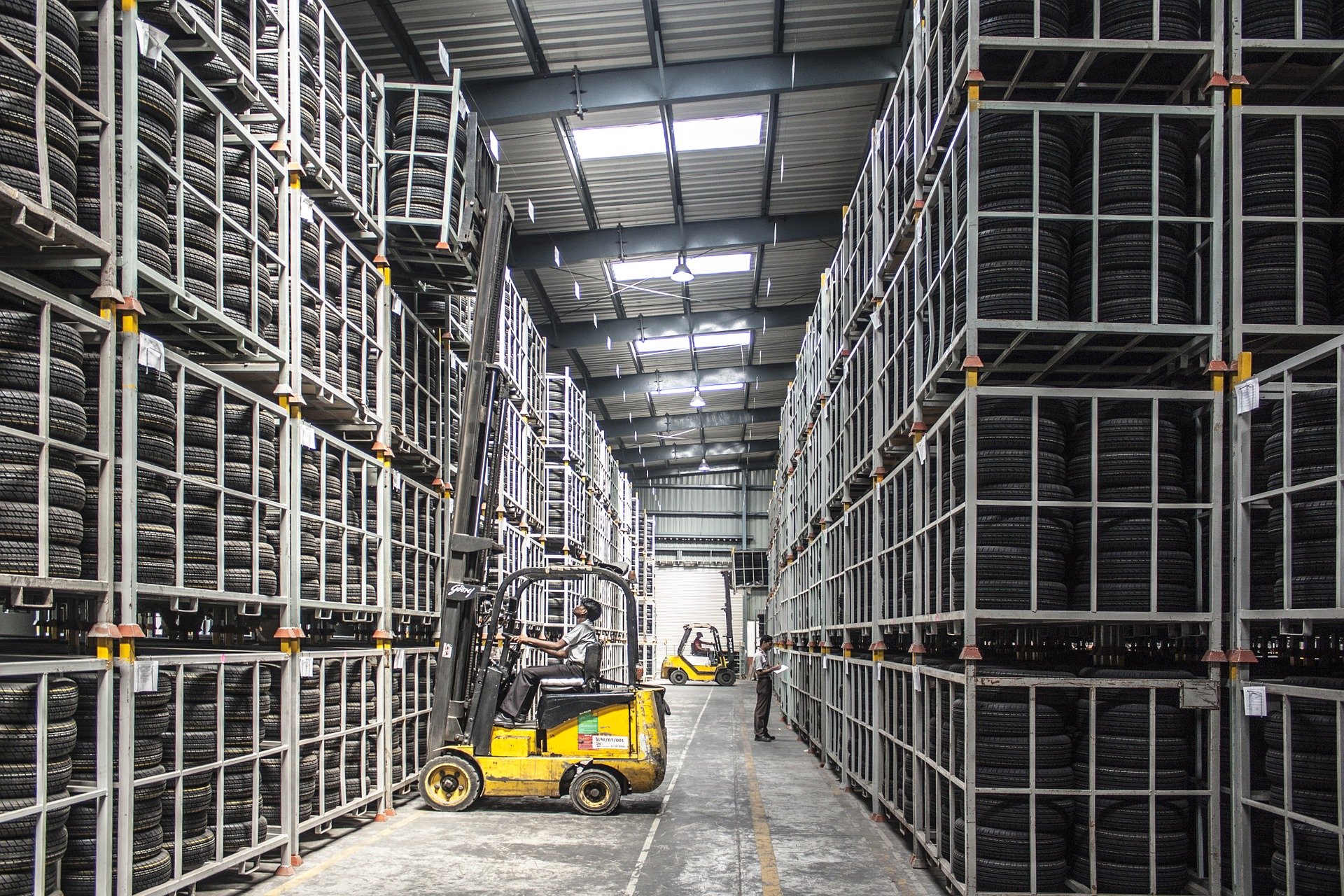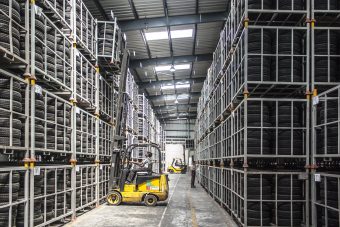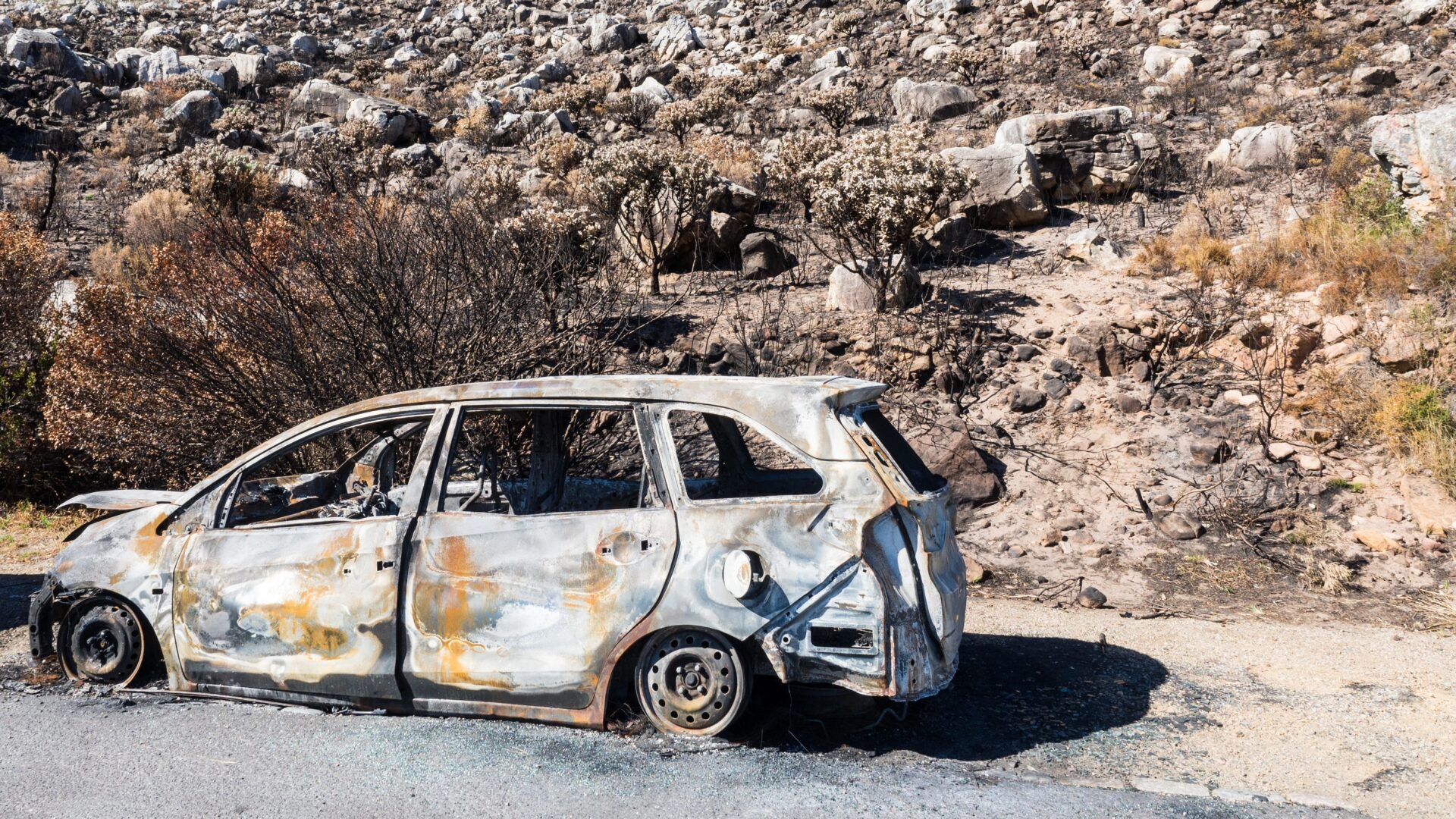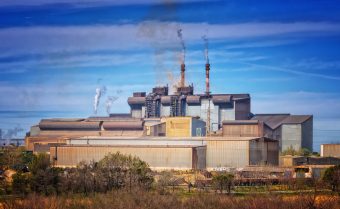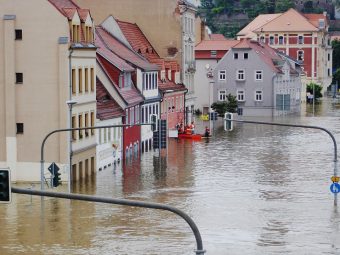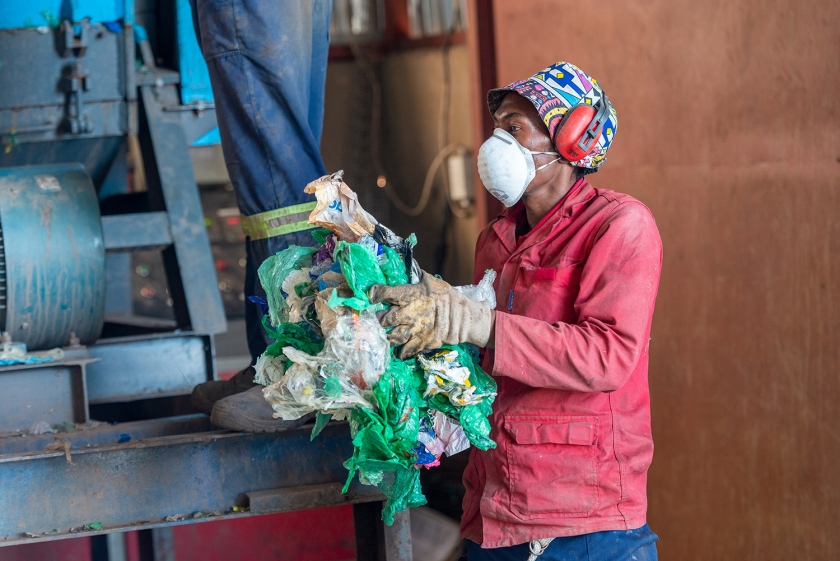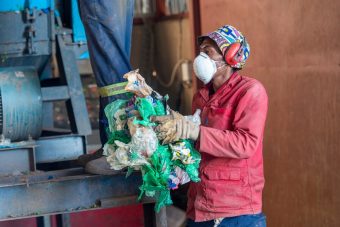- Nature loss is still a hidden risk for many businesses.
- This must change – both for the sake of businesses and the environment.
- Here are four actions businesses can take to respond to this global risk.

As this past year’s news headlines have made all too clear, nature is in a state of emergency. In May 2019, following the most comprehensive scientific investigation ever into the planet’s health, a report by the Intergovernmental Science-Policy Platform on Biodiversity and Ecosystem Services (IPBES) sounded the alarm that one million species face extinction due to human activity. As IPBES chair Sir Robert Watson noted: “We are eroding the very foundations of our economies, livelihoods, food security, health and quality of life worldwide”.
Ecosystems have declined in size and condition by 47% globally compared to estimated baselines, and species populations have faced stark declines.
The wake up call on nature loss is highlighted in this year’s World Economic Forum Global Risks Report (GRR), where biodiversity loss is, for the first year, ranked as one of the top-five global risks in terms of likelihood and impact in the next 10 years.
In boardrooms, investment and risk committees, however, nature loss still appears to be largely a hidden risk. This needs to change, and quickly.
Crossing the ecological limits of our planet will directly affect economic activities and businesses that depend on and have an impact on nature. Insufficient accounting for these risks could have unintended consequences, such as short or long-term risk mis-pricing, inadequate capital buffers, and in extreme cases the potential for stranded assets. For example, between $235 billion and $577 billion of global crop output is at risk annually from pollinator loss.
In recent years we have seen how governments, regulators, asset owners and managers, and – increasingly – businesses, have recognised that climate change poses a systemic financial risk. It is time for this recognition to be extended to the risk posed by nature loss.
In a new report by the World Economic Forum and PwC UK, the first in the New Nature Economy series, we look at the scale and urgency of the nature crisis for business. We highlight that as nature declines, so do the prospects for business growth and wider prosperity. For example, 60% of coffee varieties are at risk of extinction from a combination of climate change, disease and deforestation. If this were to happen, global coffee markets – a sector with retail sales of $83 billion in 2017 – would be significantly destabilized.
According to our analysis, $44 trillion of economic value generation – over half of the world’s total GDP – is moderately or highly dependent on nature and the services it provides. Industries which are highly dependent on nature generate 15% of global GDP ($13 trillion), while moderately dependent industries generate 37% ($31 trillion). This underscores the significant financial exposure to nature loss for businesses worldwide if current trends continue unabated.
It is critical that businesses regularly identify, assess, mitigate and disclose nature-related risks to avoid potentially severe consequences. One approach to doing this is to adapt the recommendations proposed by the Financial Stability Board’s Task Force on Climate-related Financial Disclosures (TFCD),which incorporate nature-related risks alongside climate risks within corporate risk management and disclosure.
The TCFD’s recommendations are focused on four broad themes of governance, strategy, risk management, and metrics and targets, and can be used as a guide for businesses and investors to approach the management of nature-related risks and opportunities.
Four key actions for a business response to nature risk
1) GOVERNANCE for nature-related risks and opportunities
Businesses with material exposure to nature loss should ensure that they have a clear governance structure in place to identify and manage risks arising from nature loss. There should be a process for material risks to be fed up from the business units to the risk committee. It may make sense to use the same governance structure as for climate-related risks and/or environmental, social and governance (ESG) risks. There should be a clear understanding of the management-level individuals or committees with responsibility for nature-based risks and how and when they interact on the issue at all levels within the organization.
2) Incorporate nature-related risks and opportunities into the organization’s STRATEGY and financial planning
It is important for each organization to understand how it expects nature-related risks to evolve over time and to use this to inform business planning and strategy. Businesses should disclose what nature risks and opportunities they are exposed to across their value chain and how these might affect future cash flows and asset values. This can include assessment of the financial consequences of plausible scenarios driven by ongoing nature loss, which could include the physical effects of natural capital decline as well as changes in regulation, markets, and legal and reputational issues. Businesses can then decide what type of strategy is appropriate to manage nature-related risks and how they can create opportunities.
3) Identify, assess and manage nature-related risks as part of enterprise RISK MANAGEMENT processes
A robust process for managing nature-related risks must underpin strategy and governance. Businesses should identify the nature-related risks to their operations, products and supply chains across the key categories of physical, regulatory and legal, market and reputational risks. Businesses should conduct a materiality assessment to understand which risks are likely to be most significant and worth integrating into the core enterprise risk management (ERM) system. Businesses wishing to take a more mature approach will conduct a detailed assessment of key risks and opportunities, including quantification in financial terms.
4) Identify and track nature-related risk METRICS AND TARGETS
Developing metrics and targets is crucial for businesses to effectively monitor nature-related risks and assess progress against their strategy. Key metrics will differ by sector, though there may be some overlap with climate-related metrics already being reported (for example on water, land use, deforestation and virgin material use).
It’s time for nature risks to move up the agenda for business and economic decision-makers. We cannot reverse nature loss without industry playing a pivotal role; and industry cannot afford to ignore the nature crisis. New commitments, new policies, new business models and new solutions are urgently needed that protect and restore nature and incentivize its sustainable use.
Source: WEF









